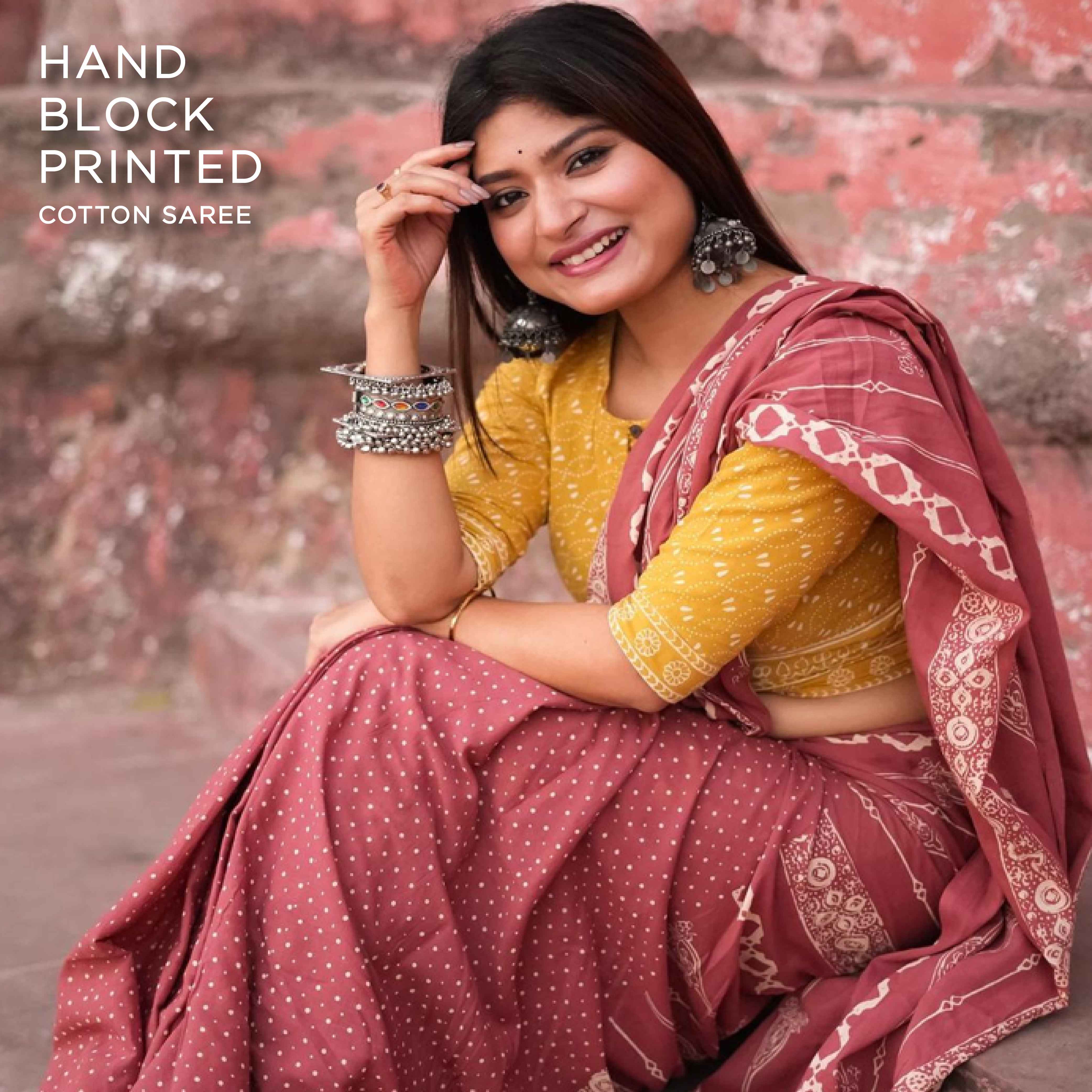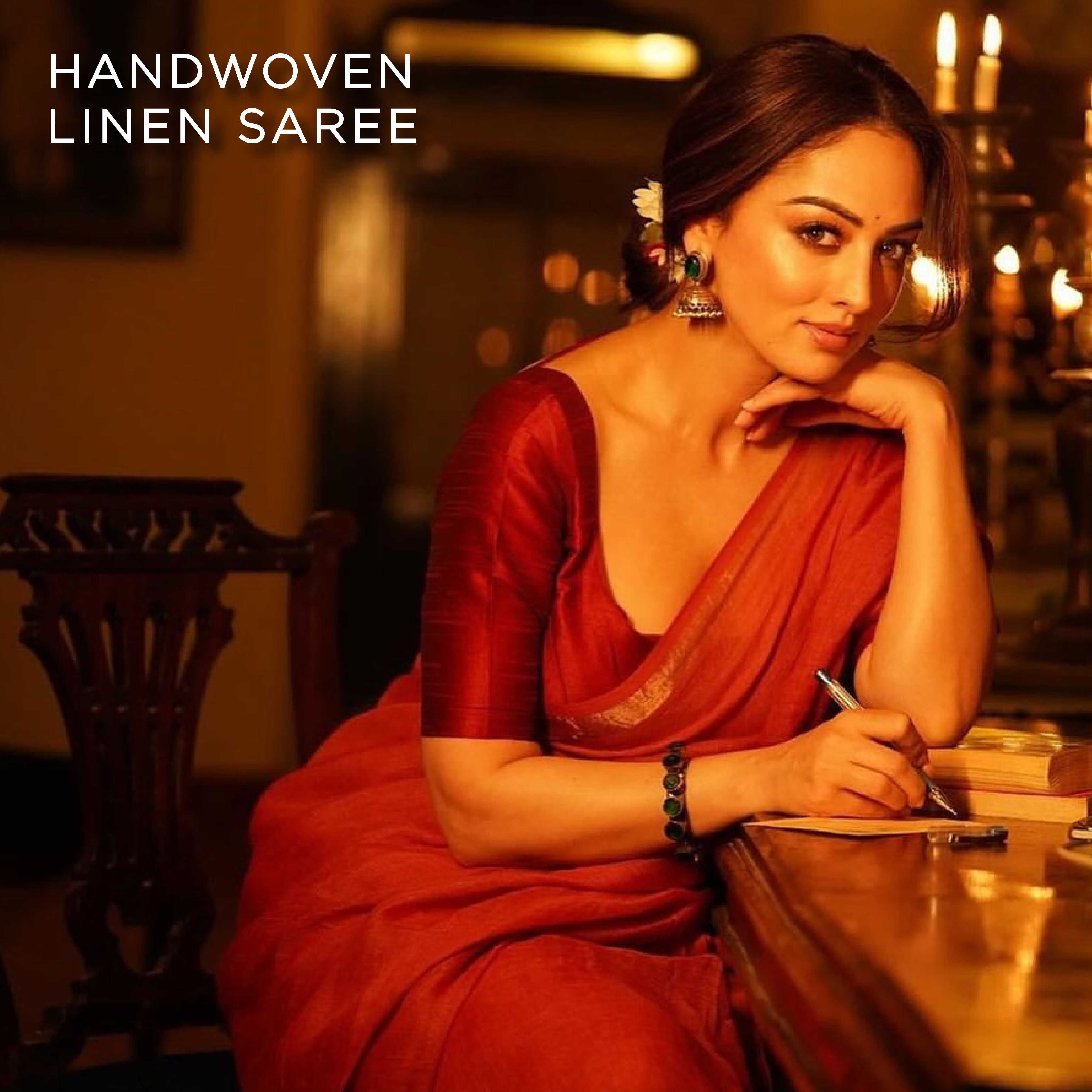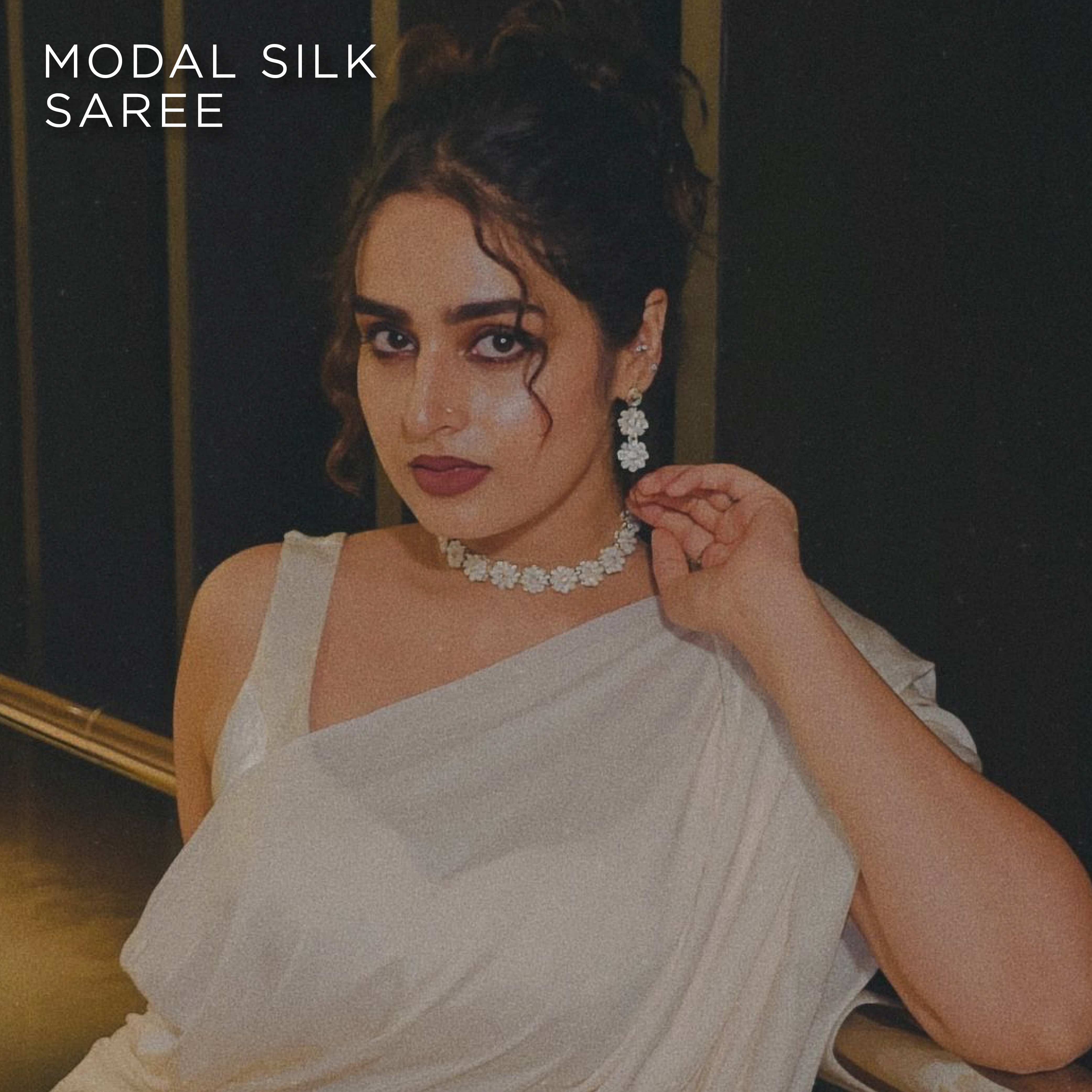The Hidden Costs Of Fashion
Did you know that the fashion sector is the world's second-largest water consumer and contributes about 10% of global carbon emissions? Fast fashion, with its alluring low prices and fleeting trends, has fueled a culture of disposability, leaving a trail of environmental devastation in its wake. Billions of garments are made, worn, and thrown away annually, causing a significant impact on the planet.
Living sustainably is more important than ever when these startling statistics become the public eye. Sustainable fashion has become a ray of hope in midst all of this difficulty, promoting sustainable methods.
In addition to reconnecting us to our rich cultural heritage, these clothes open the door to a more environmentally friendly future.
They are kinder to the environment than other options since they feature individuals weaving methods that use natural fibers and need minimal energy. Handwoven clothing also contributes to the preservation of cultural history and the livelihoods of artists, which enhances its eco-friendly appeal.
Understanding sustainable fashion
How is sustainable fashion different from fast fashion? Unlike fast fashion which thrives on mass production and disposable trends, sustainable fashion focuses on minimizing environmental and social impact of clothing production and consumption, prioritizing quality, ethical labour practices and environmental stewardship.
The environmental burden of fast fashion includes substantial textile waste, chemical contamination, and excessive water use. Sustainable fashion, on the other hand, aims to produce durable, ecologically sound clothing through moral production practices.
The adoption of sustainable fashion is a step toward protecting our ecosystem for the generations to come, not just a lifestyle decision.
For those seeking to incorporate handwoven dresses into their wardrobe, we offer an exquisitely designed Iris Handwoven Cotton Dress.
Art of Hand Woven Dresses
Handwoven dresses are works of art created with love and attention, not just clothes.
Every item showcases the abilities of craftspeople who employ age-old weaving methods that have been handed down through the generations. In addition to being aesthetically pleasing, handwoven dresses have cultural value, representing the traditions of the areas from which they are sourced.
The artistry of handwoven dresses lies in their intricate dress patterns, natural dyes and impeccable craftsmanship. Each dress design is the testament to the skills of artisans who use traditional weaving techniques passed down through generations.
In addition to being aesthetically pleasing, handwoven dresses have cultural value, representing the traditions of the areas from which they are sourced. Handwoven dresses one piece for women come in a wide range of designs to suit every taste, from vivid ikat dress patterns to the understated elegance of khadi. We help to preserve these ancient traditions by crafting dress design for women that are handwoven.
Sustainable grace in every thread
Spectrum of environmental benefits
Beyond the manufacturing process, handwoven dresses have environmental advantages as well. The environmental impact is reduced by handweaving using natural dyes. Natural dyes are made from plants, minerals, and insects in contrast to manufactured dyes, which can contain dangerous chemicals that may poison land and water sources. Handwoven dresses made from natural fibers can help preserve water and promote soil health. For example, organic cotton production eliminates the need for dangerous pesticides and wasteful water use. In addition to adding beautiful hues, these natural dyes have negligible adverse environmental impact. With minimal carbon footprint, handwoven dresses are extremely environment friendly owing to lesser energy consumption.
With mountains of textile waste ending up in landfills, waste creation is a big problem in the fast fashion sector. With its emphasis on artisanal craftsmanship and painstaking attention to detail, handweaving frequently generates less waste than mass manufacturing, which frequently cuts and discards vast quantities of cloth. The environmental impact of disposing of textile waste is lessened by this decreased trash output.
For those seeking to incorporate handwoven dresses into their wardrobe, we offer an exquisitely designed Tropical Tides Free Size Handwoven Cotton Dress
A Social and Economic Tapestry: Support for local communities
Buying handwoven garments helps support the livelihoods of talented craftspeople, many of whom come from underserved and rural areas. In addition to empowering these craftspeople, this assistance fosters fair trade standards and regional economic development. Weaving is more than just a source of income for many craftspeople; it's a means of conserving their cultural legacy.
Supporting handwoven clothing boosts the economy and has a cascading effect. In addition to educating their children and investing in better tools, artisans can raise their standard of living in general. Furthermore, fair trade breaks the cycle of poverty and exploitation sometimes connected to fast fashion by guaranteeing that workers receive fair compensation for their labor.
Durability and Quality
Superior quality and longevity are hallmarks of handwoven fabrics. Because they typically last longer than mass-produced counterparts, these clothes require fewer replacements over time, which reduces waste. Purchasing long-lasting apparel is consistent with sustainable fashion's fundamentals.
Handwoven dreeses are not only incredibly comfortable but also incredibly durable. Better breathability and climatic adaptation are made possible by natural fibers. Handwoven clothing offers a special fusion of fashion and utility, whether it's the cool feel of linen in the summer or the coziness of wool in the winter.
Distinctive designs
Each piece reflects the imagination and skills of the artisan. The dress patterns, motifs, and weaving techniques are often inspired by their cultural heritage and personal creativity making it a piece of exquisite art. Wearing these dress designs connects you to the cultural legacy of that particular region.
The designs in handwoven dresses are not driven by fast fashion trends but by timeless artistry. Their elegance and uniqueness ensure they remain relevant and stylish for years.
Handwoven dress types often allow for customization. Artisans can tailor designs, colours and patterns to suit individual preferences, creating a personalized masterpiece.
For those seeking to incorporate handwoven dresses into their wardrobe, we offer an exquisitely designed Rainbow Rhapsody Handwoven Cotton Dress
Timeless Appeal
Handwoven fabrics often embody centuries-old weaving techniques and cultural motifs. These traditional dress designs carry a sense of heritage and authenticity that never goes out of style, ensuring they remain relevant across generations.
Handwoven clothing blends both traditional and modern trends. They are flexible enough to accommodate changing fashion tastes because they can be dressed traditionally to respect their cultural roots or accessorized with contemporary pieces for a stylish look on different dress types.
Handwoven garments are an integral part of the slow fashion movement, in contrast to quick fashion. Because they prioritize quality over quantity, they are long-lasting and will not lose their value over time while still looking visually appealing.
Allergy-free garments
Handwoven dresses are known for being gentle on skin, making them a great choice for people with allergies or sensitivities. Unlike mass-produced fabrics, handwoven dresses are typically made without the use of harsh chemicals, synthetic dyes or heavy finishes. Handwoven garments generally have little to no synthetic blending, ensuring a pure and irritation-free experience due to soft and non-abrasive textures.
Natural handwoven fabrics like cotton and linen wick away moisture efficiently, keeping the skin dry and reducing chances of sweat-induced irritation. From toddlers to elders, handwoven dresses offer extensive dress patterns for all.
The choice of Eco-Friendly Handwoven Dresses: An Aware Buyer's Guide
Prudent consumerism is crucial to adopt sustainable fashion choices. The following should be taken into account when choosing handwoven dresses:
Evaluate the Whole Lifecycle: Take into account the garment's complete lifecycle, from manufacturing to disposal. Select items that will endure a long time and require fewer replacements over time.
Invest in Timeless Pieces: Choose timeless dress designs that will look good for many years to come. As a result, fewer purchases are necessary, and the environmental effect of continuously buying new clothes is reduced.
Proper Care: Hand wash or dry clean your handwoven clothing as advised. By extending the garment's lifespan, proper care minimizes waste and the need for frequent replacements.
Embrace Perfections: The distinctive character of the artisanal technique is reflected in the small differences and faults that are frequently seen in handwoven dress designs. Accept these flaws as evidence of the handmade quality and distinctive personality of each dress design for women.
For those seeking to incorporate handwoven dresses into their wardrobe, we offer an exquisitely designed Technicolor Handwoven Cotton Dress
Embracing sustainability through fashion choices
Making the switch to a sustainable wardrobe takes time, but small tweaks add up to a lot. Browse handwoven dresses online or from nearby stores or ethical brands initially. Prioritize quality above quantity. Furthermore, taking good care of your clothing can prolong its life and lessen its footprint on the environment.
Mindful purchasing is at the heart of sustainable fashion. Avoid impulse buys and opt for versatile dress types that can be styled in a variety of ways. Making thoughtful decisions lessens your carbon footprint and fosters the advancement of sustainable fashion industry practices.
Reusing or upcycling used clothing is another approach to embrace sustainability. Thanks to their endurance, handwoven dresses provide great materials for creative reuse. You can reuse old fabrics, cut down on waste, and show off your own style by turning a saree into a stylish outfit or turning fabric scraps into accessories.
Take-away for you!
Handwoven dress gowns are the perfect example of how tradition, style, and sustainability can coexist. By selecting these environmentally friendly clothing items, we support a more ethical and green fashion sector in addition to celebrating the creativity of talented craftspeople. Every small decision matters in the collective quest for sustainable fashion. One ensemble at a time, let's celebrate the elegance of handwoven dresses one piece for women and clear the path for a sustainable future.
Our choices are what give us power as customers. We can move the fashion industry toward more moral and environmentally responsible practices by emphasizing sustainability. Discover the delight of wearing clothing that does more than just look nice by exploring the world of dresses online on our website.











